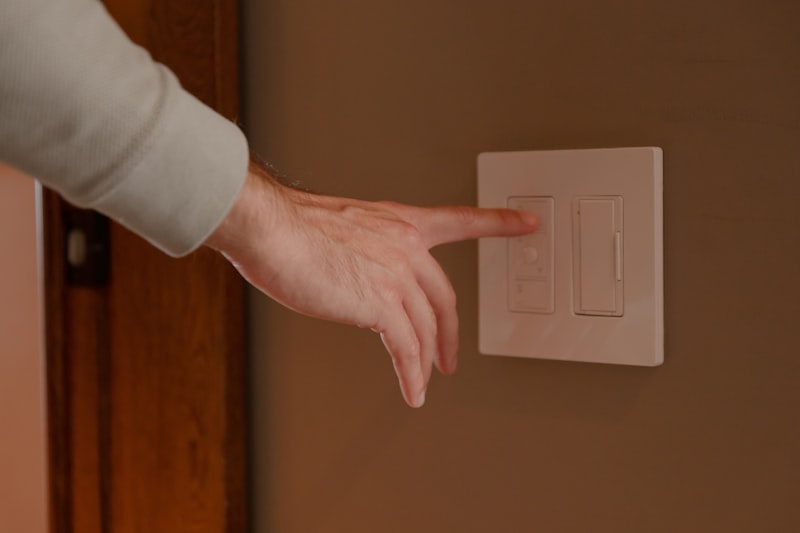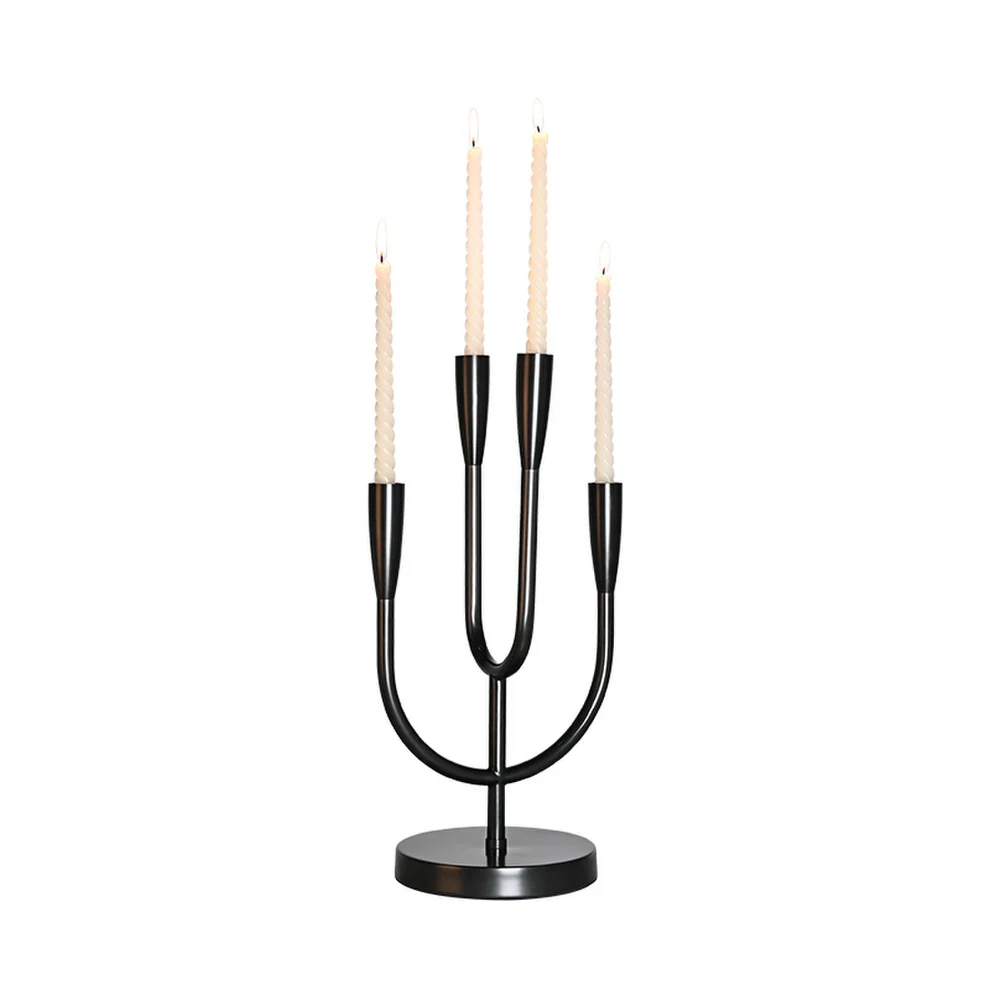Exploring the Latest Trends in Architectural Lighting Design
Exploring the Latest Trends in Architectural Lighting Design
As we venture deeper into the 21st century, the world of architectural lighting design is experiencing a remarkable transformation. The blend of innovation, sustainability, and aesthetic appeal has given rise to a myriad of trends that not only enhance spaces but also reflect our evolving relationship with light. In this article, we will explore the most significant trends shaping architectural lighting design today, provide insights into their applications, and discuss their implications for architects, designers, and property developers.
The Shift Towards Sustainable Lighting Solutions
One of the most prominent trends in architectural lighting design is the shift towards sustainable lighting solutions. Energy-efficient lighting technologies, such as LED and OLED, have gained immense popularity due to their reduced environmental impact and lower energy consumption. This transition not only supports environmental sustainability but also results in significant cost savings over time.
Incorporating smart lighting systems further enhances sustainability efforts. These systems allow users to control lighting levels based on occupancy, time of day, and natural light availability, reducing waste and creating a more efficient use of energy.
Benefits of Sustainable Lighting
| Benefit | Description |
| Energy Efficiency | Using less power leads to lower utility bills and reduced carbon footprint. |
| Longevity | Modern lighting solutions last longer, reducing the need for frequent replacements. |
| Improved Well-being | Natural lighting and proper design can enhance mood and productivity. |
Integration of Smart Technology
Another significant trend is the integration of smart technology into architectural lighting design. Smart lighting systems are becoming increasingly sophisticated and are often connected to central building management systems. This level of integration allows for advanced features such as automated schedules, remote control, and adaptive lighting that responds to the time of day and occupancy levels.
For instance, using apps and voice-activated systems, building occupants can customize their lighting preferences, creating personalized experiences that improve comfort and functionality. This technology is especially beneficial in commercial spaces, as it can enhance productivity and save energy.

The Rise of Biophilic Design
Biophilic design focuses on creating connections with nature, and it has found a profound place in architectural lighting design. By incorporating elements that mimic natural light patterns and the solar spectrum, architects and designers are enhancing the psychological wellness of building occupants.
Using daylight harvesting techniques, designers can incorporate large windows, skylights, and open spaces that allow natural light to flood indoor environments. This increases energy efficiency and fosters a sense of connection to the outdoors.
Key Elements of Biophilic Lighting Design
| Element | Description |
| Natural Light | Utilizing windows and skylights to bring in sunlight. |
| Dynamic Lighting | Using color temperatures that change throughout the day. |
| Greenery Integration | Incorporating plant life within lighted spaces to enhance Aesthetics. |
Focus on Human-Centric Lighting
Recent research has shown that lighting significantly impacts human productivity, mood, and health. As a result, human-centric lighting, which prioritizes the needs of individuals, is gaining traction in architectural lighting design. This approach considers how lighting affects circadian rhythms, enhancing the well-being of users.
Techniques such as tunable white lighting, which adjusts the color temperature of light to mimic natural daylight, are becoming more mainstream. This adaptability helps to improve focus and comfort in workplaces, schools, and healthcare settings.
Applications of Human-Centric Lighting
Some of the key applications include:
- Offices: Enhancing employee productivity through well-designed lighting schemes.
- Healthcare: Supporting patient recovery with circadian-friendly lighting.
- Educational Institutions: Aiding concentration and learning in students.
Minimalism and Aesthetic Simplicity
In the realm of architectural lighting design, minimalism has secured its place as a guiding principle. Sleek, unobtrusive fixtures that blend seamlessly with architectural elements are becoming the norm. Designers are opting for fixtures that are functional but also aesthetically simple, focusing on form and material quality.
This minimalistic aesthetic not only allows other design elements to shine but also contributes to a more calming environment. Furthermore, it promotes versatility in lighting applications, enabling fixtures to adapt to various styles and settings.
Trends in Minimalistic Lighting Design
| Trend | Description |
| Linear Lighting | Long and slim fixtures that provide even light distribution. |
| Recessed Lighting | Hidden fixtures that create a clean ceiling line. |
| Monochromatic Colors | Simplicity in color palettes to maintain aesthetic coherence. |
Emphasis on Outdoor lighting
With the increasing popularity of outdoor living spaces, the emphasis on architectural lighting design for exteriors is more prominent than ever. Effective Outdoor lighting creates safe, inviting environments that encourage social interaction and enhance property value.
Landscape lighting, pathway illumination, and architectural uplighting are just a few ways to achieve stunning outdoor spaces. These lighting solutions can highlight architectural features, improve safety, and create ambiance for gatherings.
Using Color Selections Wisely
The strategic use of color in architectural lighting design brings spaces to life and can transform moods. Warm colors can create intimate environments, while cooler tones promote focus. Designers are increasingly aware of the psychological effects of color and are using this knowledge to enrich the user experience.
Additionally, color-changing LED fixtures allow for dynamic environments that can shift based on time of day or performance needs, giving architects and designers the flexibility to create transformative experiences.
Tips for Selecting Colors in Lighting Design
- Consider the purpose of the space – use warm colors for relaxation and cooler colors for productivity.
- Integrate adjustable lighting to provide control over mood and functionality.
- Evaluate the effect of colors during different times of the day.
Conclusion: The Future of Architectural Lighting Design
As we explore the trends in architectural lighting design, it is evident that the future holds exciting possibilities. The integration of technology, focus on sustainability, and commitment to human-centric approaches are reshaping how we experience light within built environments. Architects, designers, and property developers must stay attuned to these trends to create spaces that resonate with users and harmonize with nature.
As you embark on your architectural projects, keep the focus on sustainable lighting solutions, smart technology integration, human well-being, and aesthetic simplicity. These elements will not only enhance the appeal of your spaces but also contribute positively to the occupants’ experience. Remember, effective lighting design is not merely about illumination; it is about creating an atmosphere that uplifts, inspires, and connects us.
